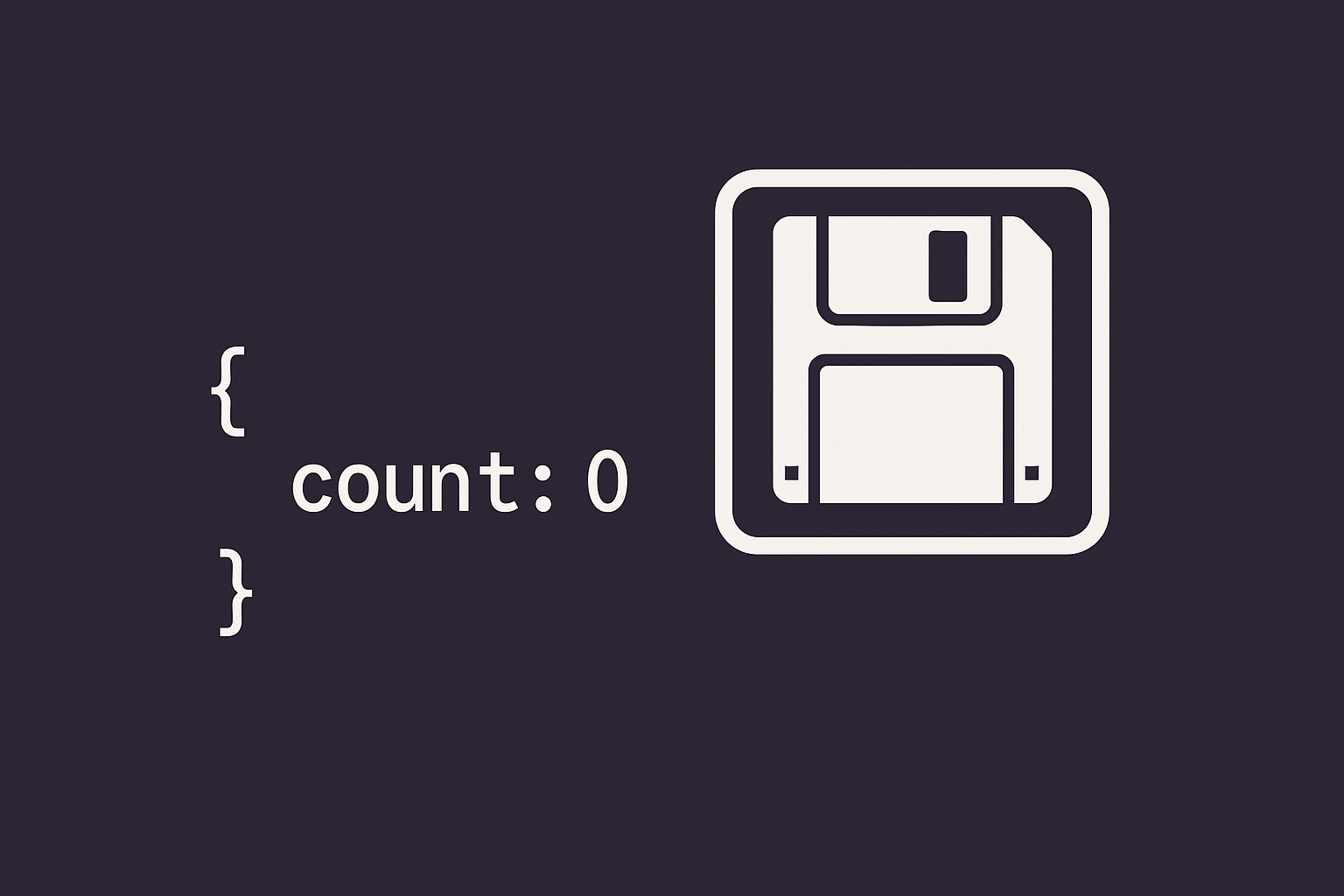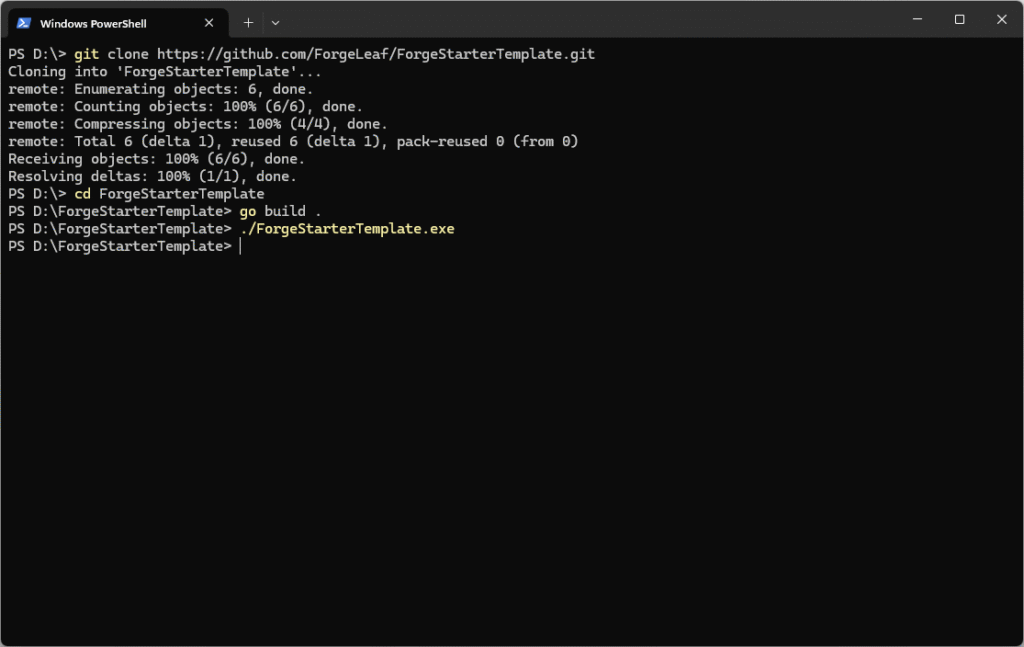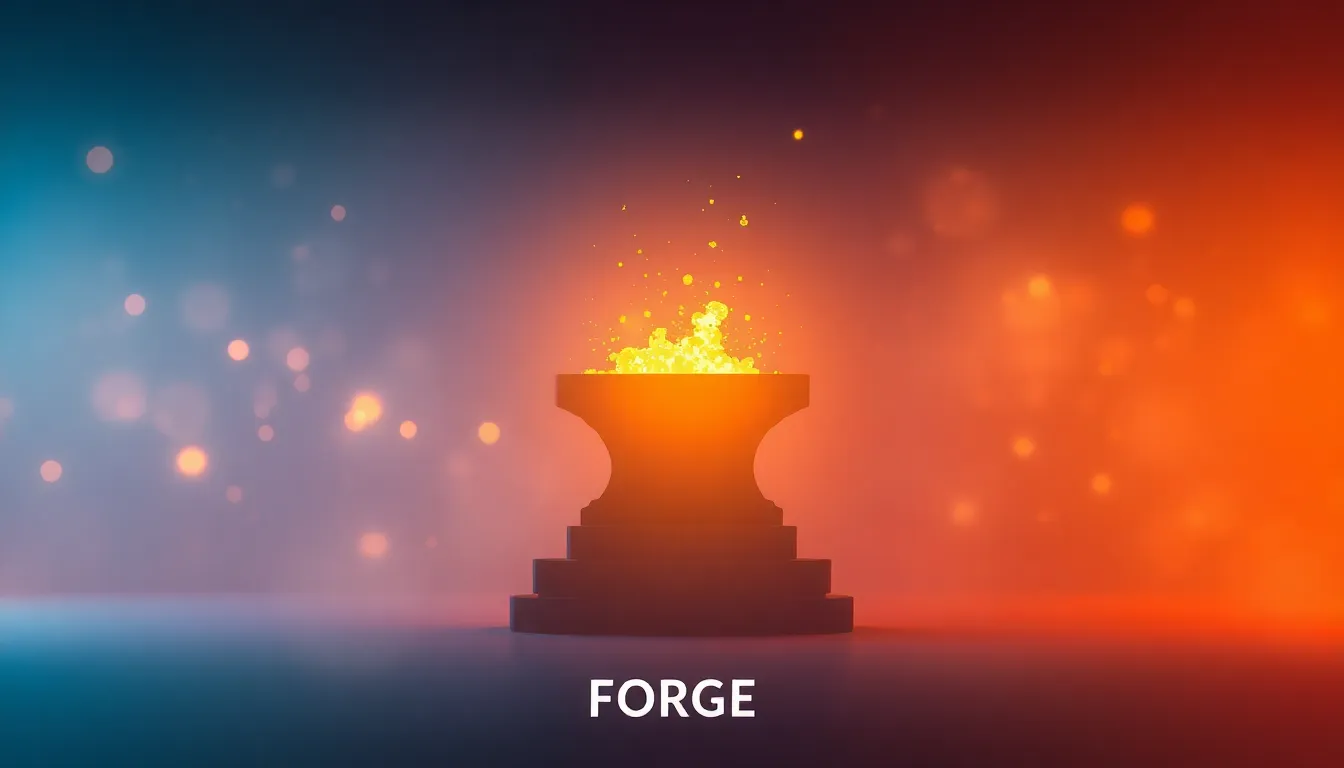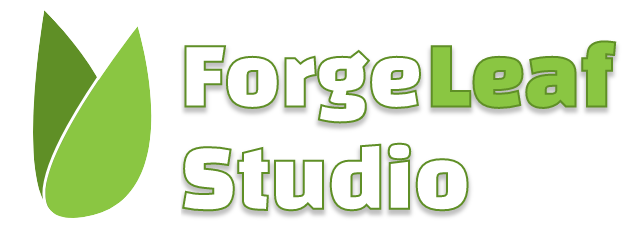
I’ve been working on something small but close to my heart, a lightweight, no-nonsense 2D game framework for Go called Forge.
Forge is designed for developers who love simplicity. It doesn’t try to be a full-blown engine or force you into a specific architecture, instead, it gives you the essential tools you need to build and experiment quickly, with the performance and clarity that Go provides.
What Is Forge? ⚙️
Forge is a cross-platform 2D game framework written in Go. It focuses on being minimal, fast, and flexible, inspired by the elegance of LibGDX, but with a Go-native flavor.
It’s still early in development (currently version 0.0.8), but already includes:
- 🧩 Simple and intuitive APIs
- 💻 Cross-platform desktop support (Windows, Linux, macOS)
- 🧮 OpenGL-based 2D rendering with batching
- 🎮 Input handling
- 🔊 Basic audio (music and sound)
- 🔤 Bitmap font rendering
- 🎥 Camera + viewport support
- ✨ Minimal scene graph and math library
- 🧱 Support for shaders, textures, framebuffers, and more
It’s built to be used as a library or a foundation for your own engine — Forge doesn’t force you into ECS or any rigid structure. You control how your game loop and logic are organized.
Let’s get coding! 🚀
The best way to start is with the Forge Starter Template:
git clone https://github.com/ForgeLeaf/ForgeStarterTemplate.gitMake sure you have Go installed.
Then build and run the example:
cd ForgeStarterTemplate
go build .
./ForgeStarterTemplate # Linux / macOS
./ForgeStarterTemplate.exe # Windows
I use the Windows Terminal with PowerShell and I recommend it if you’re on Windows. Your output should look somewhat similar to mine.
Running the final executable should open a black window titled “Forge Application”, which looks like this:

Now the fun begins. You can start developing your game engine from here! And one tip from me: to get a smaller release build without a console window on Windows, you should run this instead:
go build -ldflags='-s -w -H=windowsgui' .The final file executable will get stripped and no debug symbols remain in it, which results in a smaller file, also the commands sets the execution subsystem to WINDOWS which prevents the opening of a console window when running the file.

The Basics 🧠
As you might’ve seen, the repo includes a single source file called main.go, which contains the logic for the window. At its core, Forge revolves around the Forge.Application interface and a simple configuration.
Here’s what a minimal application looks like:
package main
import (
"github.com/ForgeLeaf/Forge"
"runtime"
)
type Application struct{}
func (a *Application) Create(driver *Forge.Driver) {
// Initialization logic
}
func (a *Application) Render(driver *Forge.Driver, delta float32) {
// Draw calls and updates
}
func (a *Application) Resize(driver *Forge.Driver, width, height float32) {}
func (a *Application) Destroy(driver *Forge.Driver) {}
func init() {
runtime.LockOSThread()
}
func main() {
if err := Forge.RunSafe(&Application{}, Forge.DefaultDesktopConfig()); err != nil {
panic(err)
}
}RunSafe initializes the framework, creates the window, and runs your main loop safely, the rest is up to you.
Philosophy ⌛
Forge isn’t meant to compete with Unity or Godot. It’s meant for those who prefer understanding how things work, without losing weeks to boilerplate.
It’s fast, modular, and approachable. Whether you’re experimenting with rendering, building tools, or just learning game development in Go, Forge aims to make that process simple and enjoyable.
Forge is open source and still very much in progress.
If you find bugs, have suggestions, or want to contribute — PRs and issues are welcome!
You can find the repository here: https://github.com/ForgeLeaf/Forge
Contributing 💼
Forge is small, but it’s growing with every commit.
If you’d like to follow along, the best place is right here on ForgeLeaf, or on the project’s GitHub page.
Hopefully more tutorials, examples, and progress updates will follow soon.





